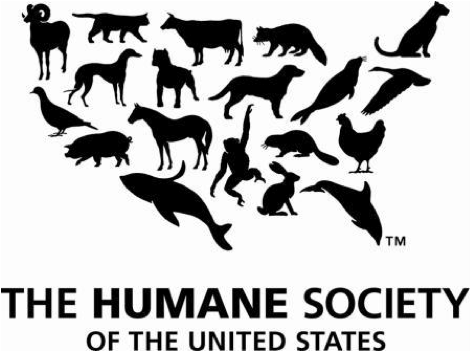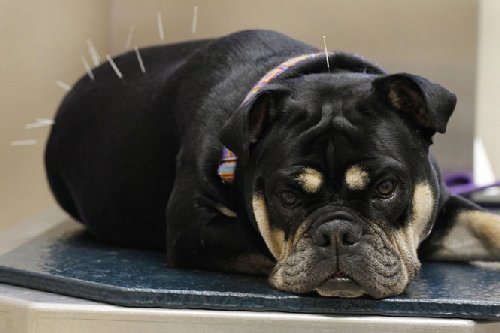 If your dog is exhibiting signs of what humans would call the flu, chances are that’s exactly what he has. Dogs get the flu, just like humans, and is referred to as the H3N8 Dog Flu. The virus produces similar symptoms that human experience, such as cough, sneezing, runny nose, and fever. Just as pet owners are encouraged to get their annual flu shot, dogs should be vaccinated as well.
If your dog is exhibiting signs of what humans would call the flu, chances are that’s exactly what he has. Dogs get the flu, just like humans, and is referred to as the H3N8 Dog Flu. The virus produces similar symptoms that human experience, such as cough, sneezing, runny nose, and fever. Just as pet owners are encouraged to get their annual flu shot, dogs should be vaccinated as well.
The only vaccine for the “dog flu” was developed in 2009 by Intervet/Schering Plough Animal Health Corporation, and is intended to aid in the control of disease associated with the canine influenza virus (CIV). Dr. Cynda Crawford, clinical assistant professor in the Maddie’s Shelter Medicine Program at the University of Florida College of Veterinary Medicine in Gainesville, answered questions pertaining to the vaccine.
“Although the vaccine may not prevent infection, efficacy trials have shown that the vaccination significantly reduces the severity and duration of clinical illness, including the incidence and severity of damage to the lungs,” said Crawford. “In addition, the vaccine reduces the amount of virus shed and shortens the shedding interval. This means that vaccinated dogs that become infected are less likely to have severe symptoms and are not as contagious to other dogs. These benefits are similar to those provided by influenza vaccines used in other species, including people.”
Dogs that may benefit from canine influenza vaccination include those that are already receiving the kennel cough vaccine for Bordetella because the risk groups are the same, including those that participate in activities with many other dogs or those housed in communal facilities, particularly in communities where the virus is prevalent. CIV is a relatively new virus, so almost all dogs are susceptible to infection when they are newly exposed because they have not built up natural immunity.
Dog owners should consult with their veterinarian if signs of the flu are noticed, in order to have the virus properly diagnosed and treated. The most accurate test recommended to confirm the infection requires blood samples to be sent to a diagnostic lab. The canine vaccine consists of a series of two shots, the second to be given two to four weeks later.
Dogs who rarely leave home or the yard, or who don’t spend any time in kennels probably don’t need this vaccine, but for all the others, it has become a necessity.





